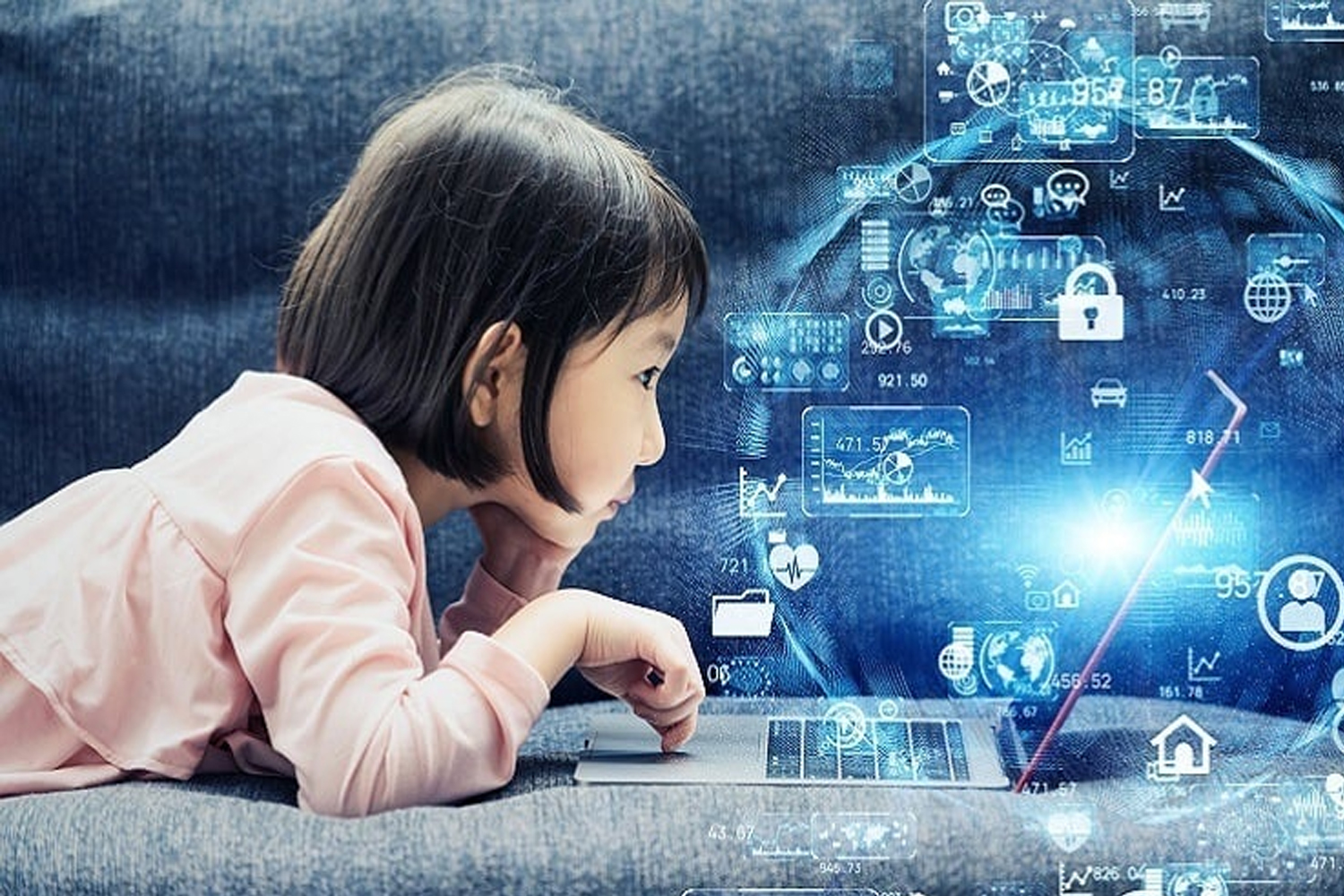Education is a fundamental human right, yet millions of children around the world, particularly girls, continue to face barriers to accessing quality education. Achieving gender equality in education is not only a matter of fairness it is essential for social, economic, and political development. Empowering every child, regardless of gender, to learn, grow, and contribute positively to society benefits individuals, communities, and nations.
Understanding Gender Equality in Education
Gender equality in education means that boys and girls, men and women, have equal opportunities to enrol, attend, and succeed in school, without discrimination or bias. It encompasses: Equal access to primary, secondary, and higher education Equal participation in learning activities and classroom engagement Fair treatment in resources, opportunities, and support Inclusion of gender-sensitive curricula that challenge stereotypes Despite progress in recent decades, significant disparities persist, especially in developing regions. According to UNESCO, nearly 129 million girls worldwide are out of school, including 32 million of primary school age.
The Importance of Gender Equality in Education
Empowerment and Agency
Education empowers girls and women to make informed decisions about their lives, pursue careers, and participate fully in society. It promotes self-confidence, independence, and leadership skills.
Economic Growth
Educating girls has a direct impact on economic development. According to the World Bank, closing gender gaps in education can increase a country’s GDP and contribute to poverty reduction.
Health and Well-Being
Educated girls are more likely to make healthier life choices, access healthcare, and improve family and community health outcomes. They are also more likely to delay early marriage and childbirth, contributing to better maternal and child health.
Social Equality and Peace
Education fosters social cohesion, reduces discrimination, and promotes equality. Societies with educated women are more likely to participate in governance, advocate for social justice, and build inclusive communities.
Breaking the Cycle of Poverty
When girls receive education, they are more likely to educate their own children, creating a generational impact and breaking cycles of poverty and marginalization.
Challenges in Achieving Gender Equality
Despite global efforts, several barriers continue to prevent girls from accessing education:
Cultural and Social Norms
In many regions, cultural beliefs prioritize boys’ education over girls’. Early marriage, household responsibilities, and gender-based discrimination prevent girls from attending school.
Economic Barriers
Families with limited resources may invest in boys’ education, while girls may be required to work at home or in informal employment to support the family.
Safety and Infrastructure Concerns
Long distances to school, lack of transportation, unsafe travel routes, and inadequate sanitation facilities (especially separate toilets for girls) discourage attendance.
Quality of Education
Even when girls are enrolled, they may face gender-biased curricula, lack of female teachers, and limited support for STEM subjects, restricting career opportunities.
Conflict and Crisis Situations
Wars, displacement, and natural disasters disproportionately affect girls’ education. In crisis zones, families may prioritize survival over schooling, and girls are more vulnerable to exploitation.
Strategies to Promote Gender Equality in Education
Policy and Legislation
Governments must ensure laws guarantee equal access to education and protect girls from discrimination, harassment, and child marriage. Policy enforcement is key to translating rights into action.
Scholarships and Financial Support
Providing scholarships, free school meals, uniforms, and supplies can reduce economic barriers and encourage girls to stay in school.
Safe and Inclusive School Environments
Schools should provide safe spaces, separate sanitation facilities, and trained staff to address bullying and harassment. Mentorship programs with female role models can inspire confidence and leadership.
Community Engagement and Awareness
Community programs can challenge traditional norms, advocate for girls’ education, and involve parents in supporting schooling. Awareness campaigns demonstrate the value of educating girls for families and society.
Focus on STEM and Leadership
Encouraging girls to pursue STEM subjects, leadership programs, and extracurricular activities ensures they have equal opportunities in traditionally male-dominated fields.
Technology and Online Learning
Digital platforms, mobile learning, and remote education can reach girls in rural or conflict-affected areas, bridging gaps in access and resources.
Global Initiatives and Success Stories
Several international initiatives have successfully promoted gender equality in education:
UNICEF and UNESCO Programs: Focus on increasing girls’ enrolment, reducing dropout rates, and promoting safe school environments.
Malala Fund: Advocates for girls’ education globally, highlighting the importance of access and empowerment.
Government Programs: Countries like Bangladesh, Rwanda, and India have introduced incentives, free schooling, and conditional cash transfers to support girls’ education. These programs demonstrate that targeted policies, community engagement, and advocacy can significantly improve gender parity in education.
Conclusion
Gender equality in access to education is a fundamental right and a cornerstone of sustainable development. Ensuring that girls and boys have equal opportunities to learn, grow, and thrive is not only a matter of justice but also a strategic investment in society’s future. By addressing cultural, economic, and infrastructural barriers, promoting safe and inclusive learning environments, and encouraging participation in all subjects, including STEM, we can bridge the gender gap in education. Educated girls grow into empowered women who contribute to economic growth, social justice, and community well-being. In the journey toward a fairer and more prosperous world, every child regardless of gender deserves the opportunity to learn, succeed, and lead. Gender equality in education is not just an aspiration; it is a necessity for building resilient, equitable, and thriving societies.








